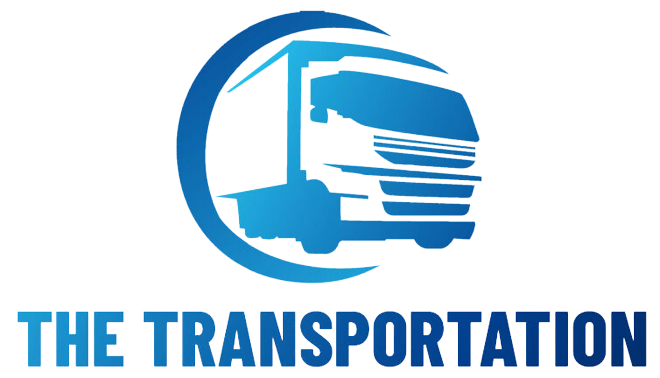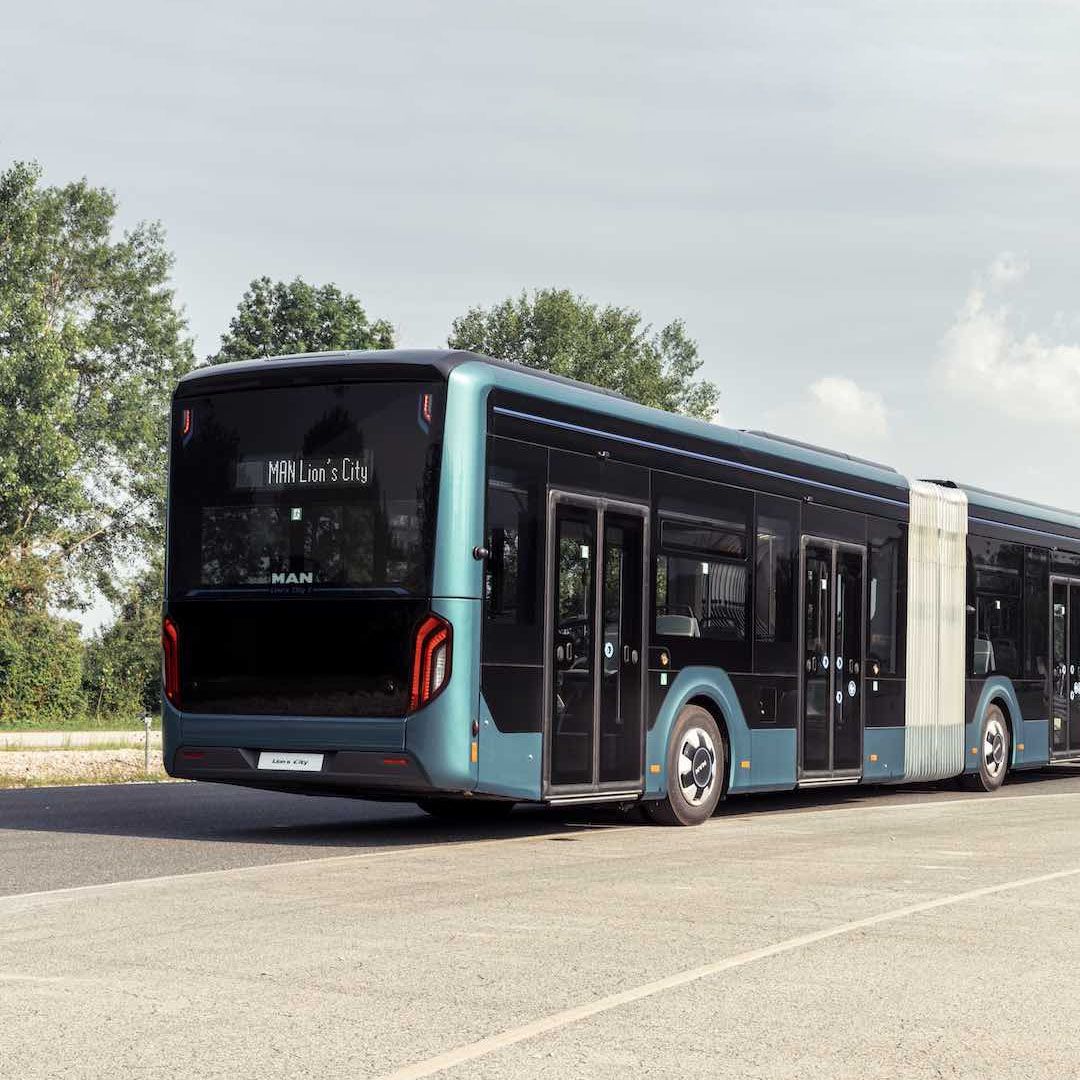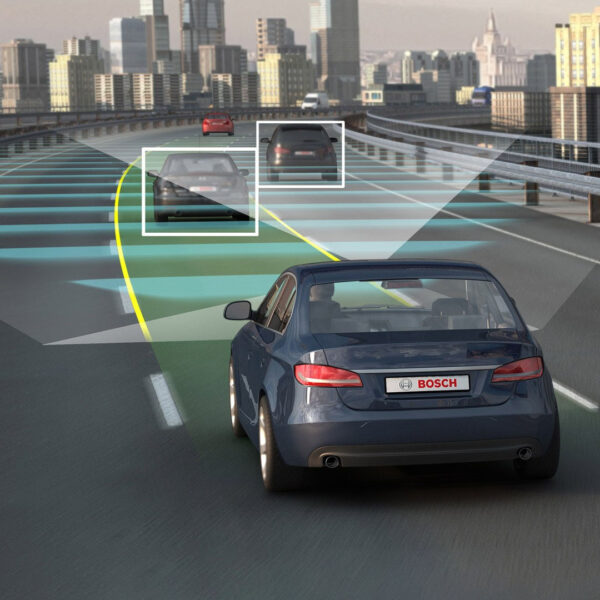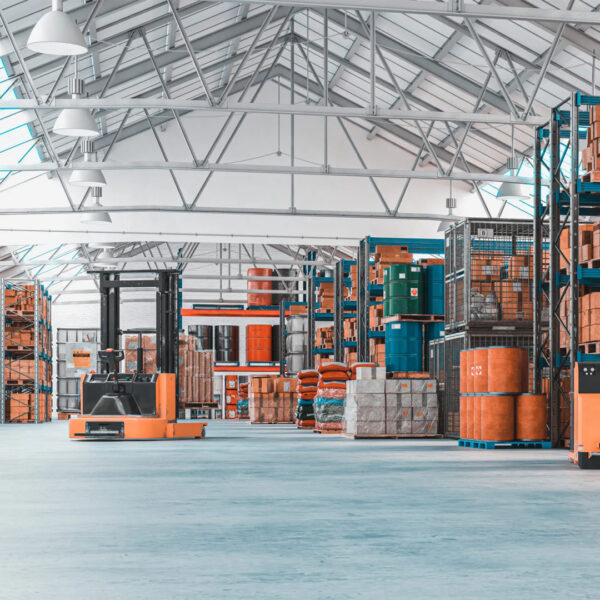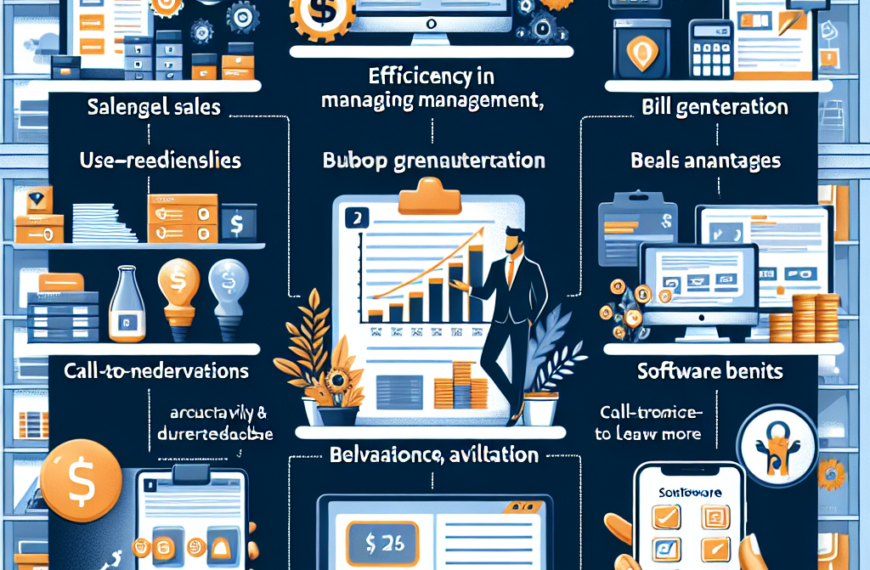Rails to Roads: A Journey Through the Evolution of Ports
From bustling railway hubs to modern maritime gateways, the transformation of ports over the years has been nothing short of remarkable. The journey from rails to roads, driven by a combination of economic, technological, and logistical factors, has reshaped the very essence of global trade and connectivity. In this article, we will embark on a historical journey through the evolution of ports, shedding light on the pivotal role they play in our interconnected world.
The Age of Rails: Birth of Ports
The story of port evolution begins with the rise of railways during. These iron tracks extended across continents, acting as the vital arteries of trade. Ports, as we know them today, started as bustling railway hubs where goods from distant corners of the world were unloaded and loaded onto trains for further distribution. The port city’s skyline was defined by towering cranes and warehouses, ready to receive cargo from ships and load them onto the waiting trains. The likes of Liverpool, New York, and Mumbai served as essential ports, connecting the world through steel and steam.
The Transition Period: From Rails to Roads
technological advancements and shifting trade patterns altered the landscape of ports. The emergence of containerization in the 1950s marked a turning point in port operations. Standardized containers allowed for efficient transfer between ships, trucks, and trains, reducing the need for extensive manual labor. Ports adapted by integrating container terminals, embracing the era of multimodal transport, and shifting their focus from rails to roads.
The evolution from rails to roads involved upgrading port infrastructure to accommodate not only the larger vessels but also the increasing need for efficient road connections. This transition was especially evident in the United States, where the development of intermodal transportation systems became a central theme. Ports like Los Angeles and Long Beach emerged as global leaders, integrating highway networks, expanding container facilities, and pioneering new logistics technologies.
Modern Maritime Gateways
In the 21st century, ports have fully embraced the roadways as a critical component of their success. Modern ports are no longer just maritime hubs; they are multimodal logistics centers. They are equipped with state-of-the-art container terminals, digital infrastructure, and robust road and rail connections to ensure the swift and efficient movement of goods. The integration of technology, such as automated cranes, predictive analytics, and blockchain for supply chain transparency, has further revolutionized the industry.
One notable example of this evolution is the Port of Rotterdam, Europe’s largest and one of the world’s most advanced ports. It combines a vast container terminal with an extensive road and rail network, efficiently connecting it to the European hinterland. These modern maritime gateways have become vital cogs in the global supply chain, serving as the linchpin connecting manufacturers and consumers across the world.
Conclusion: The Ongoing Journey
The journey from rails to roads has seen ports evolve from basic rail yards to complex, integrated logistics hubs. They have transformed to meet the demands of an increasingly interconnected world where the speed and efficiency of moving goods are paramount. This evolution reflects the adaptability and innovation that have been the driving forces behind the success of ports.
